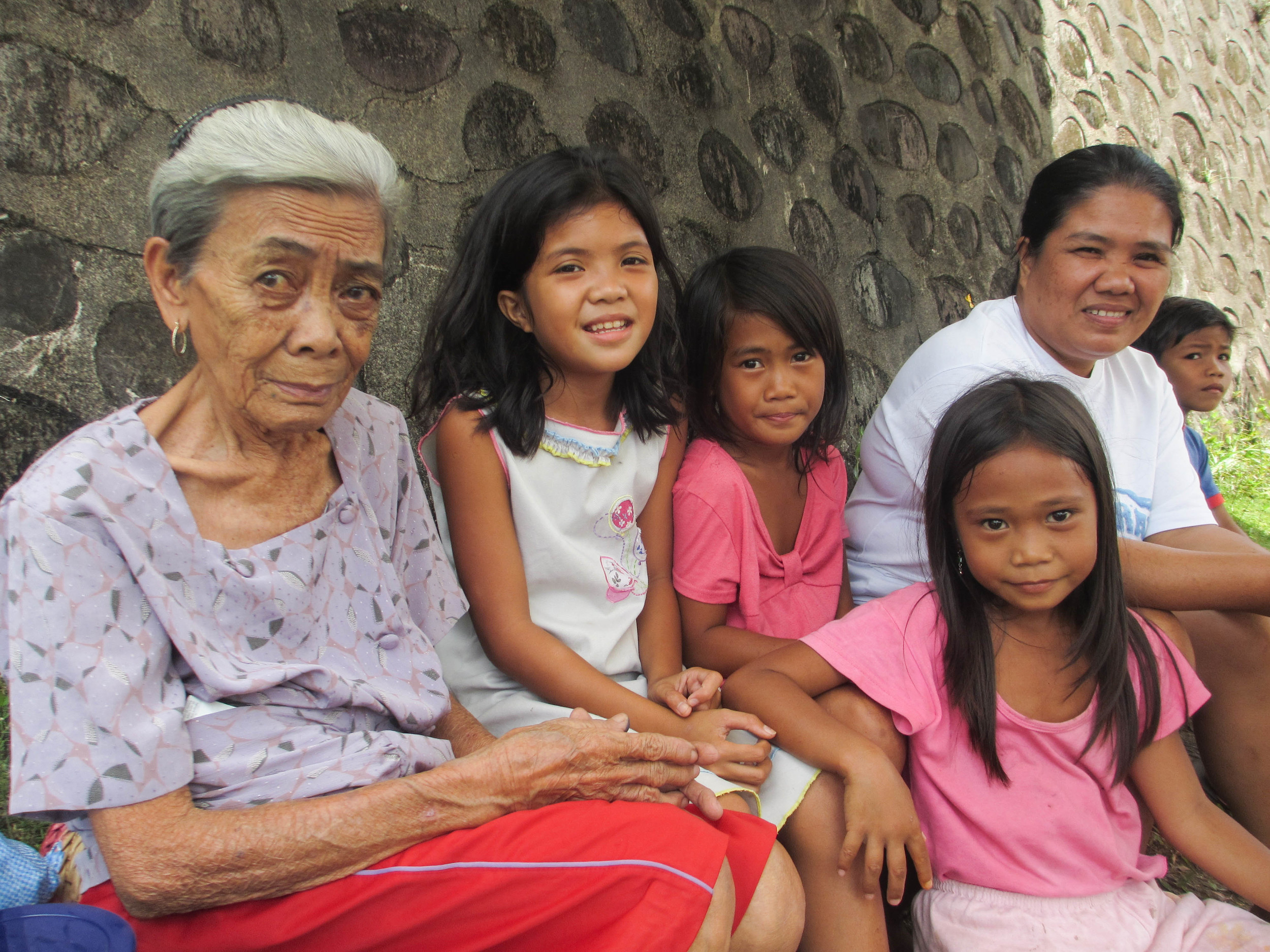Philippines: New Approach to Emergency Response Fails Women and Girls

In November 2013, a massive typhoon struck the Philippines, killing thousands and forcing hundreds of thousands from their homes. The response to Typhoon Haiyan in the Philippines is the largest to a sudden-onset natural disaster since the 2010 Haiti earthquake and the Pakistan floods.
Typhoon Haiyan is also the first large-scale natural disaster to strike since the Inter-Agency Standing Committee (IASC) Transformative Agenda (TA) was adopted, and the first Level 3 (L3) emergency declaration in such a context.
Unfortunately, the TA’s debut demonstrated myriad problems. The TA was created to make humanitarian responses more effective and accountable. In the Philippines, however, the TA’s tools became onerous and unhelpful, rather than leading to better results. Implementing the TA became an end in itself, compromising humanitarians’ ability to provide lifesaving services in a timely manner. One area where this failure was particularly pronounced was gender-based violence (GBV) prevention and response, which provides a clear case study of the TA protocols’ shortcomings.
Learning from these weaknesses, an urgent review and revision of the TA processes is required to ensure that when L3 crises strike, humanitarian efforts will be accountable to the affected population and, in particular, to women and girls, who require special protections from the onset of an emergency.

Background
GBV occurs in each and every conflict and natural disaster. Emergencies rupture the social fabric of community support systems, leaving women and girls at risk of violence and exploitation. As a result, IASC-endorsed guidelines tell humanitarians to assume that GBV is occurring in every emergency, and therefore to act swiftly to provide lifesaving assistance to GBV survivors at the onset of all emergencies.
Despite this, many international humanitarian actors arrived in the Philippines believing that gender issues would not need to be a major component of the Typhoon Haiyan response. They pointed to sources like the 2013 Global Gender Gap Report, which ranked the Philippines fifth globally in performance on gender equality indicators, outperforming the United States. Yet despite this ranking, GBV was a major concern in the Philippines even before the disaster, with physical violence, sexual violence, and incest affecting many women and girls. The 2008 national Demographic Health Survey estimated that one in five Filipino women between the ages of 15 and 49 experienced physical violence – 14.4 percent at the hands of their husband. Samar and Leyte, two of the most heavily affected islands, had the highest rates of human trafficking nationwide before the disaster.
It is clear that the humanitarian emergency following Typhoon Haiyan has increased vulnerabilities to these forms of GBV, primarily through the loss of homes, families, and livelihoods. In the areas where GBV services are active, survivors are seeking support after experiencing domestic violence, sexual violence, or trafficking in typhoonaffected areas. One humanitarian in a typhoon-affected area told RI about a women’s shelter where four to five new GBV survivors arrive every single day.
Recommendations
- The Inter-Agency Standing Committee Working Group must undertake a strategic review and revision of the Transformative Agenda (TA) tools – particularly the Multi-Cluster Initial Rapid Assessment (MIRA) and Strategic Response Plan (SRP) – to make them more efficient, and to ensure the systematic use of sex- and age-disaggregated data (SADD), meaningful inclusion of gender-based violence (GBV) considerations as a lifesaving priority, and robust participation by local civil society actors.
- The GBV Area of Responsibility (GBV AoR) should create a list of GBV-related questions that can be quickly adapted to fit local contexts and feed into the MIRA.
- In Level 3 emergencies, the GBV AoR’s lead agencies, UNFPA and UNICEF, must ensure the deployment of full-time, dedicated information management specialists at national and sub-national levels to contribute to assessment and monitoring mechanisms.
- The Emergency Relief Coordinator should hold the Resident Coordinator/Humanitarian Coordinator to account for GBV mainstreaming across all clusters and across all phases of the humanitarian program cycle.
- UN Country Teams in disaster-prone countries must develop strong risk profiling with robust inclusion of GBV vulnerability, including the collection and analysis of secondary data sources.
Marcy Hersh traveled to the Philippine islands of Leyte and Samar to assess the humanitarian response to Typhoon Haiyan in February 2014.